twilightfootball
TPF Noob!
- Joined
- Aug 11, 2009
- Messages
- 2
- Reaction score
- 0
- Can others edit my Photos
- Photos OK to edit
Hey there, Im working on behalf of Sony UK, and were doing this low-light football photography event (check out the Flickr page here - Flickr: Twilight Football ) and Im doing some research on low light and sports photography.
As low light, dusk/dawn photography is pretty tricky, and action/sports photography also isnt that simple either, Im basically looking for some advice to give people interested in the event.
Whats the essential kit to have, how should I set up my gear, and do you guys have any shots to show me of sports shot in low light or any stories on the topic you could share that could help me out?
Ali Plumb (on behalf of Sony Twilight Football)
As low light, dusk/dawn photography is pretty tricky, and action/sports photography also isnt that simple either, Im basically looking for some advice to give people interested in the event.
Whats the essential kit to have, how should I set up my gear, and do you guys have any shots to show me of sports shot in low light or any stories on the topic you could share that could help me out?
Ali Plumb (on behalf of Sony Twilight Football)


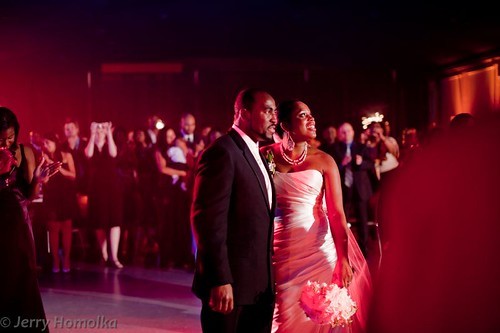

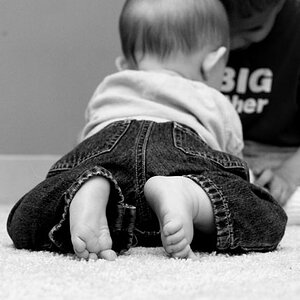
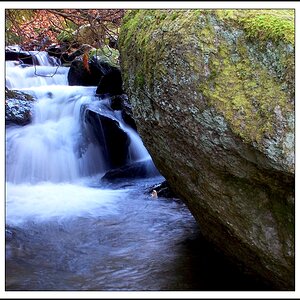
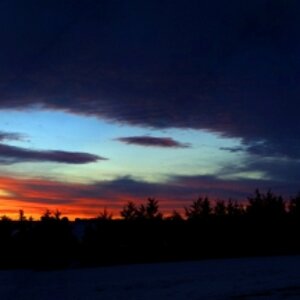

![[No title]](/data/xfmg/thumbnail/39/39294-339c772c727b255b9451f2639f2bc28e.jpg?1619738959)

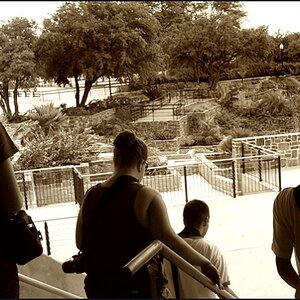
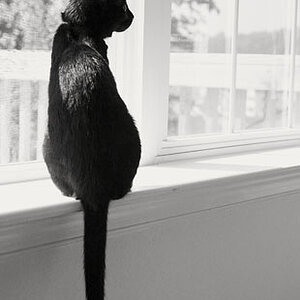
![[No title]](/data/xfmg/thumbnail/37/37526-bc41ead4d3f2330d3e37da95abf9132e.jpg?1619738130)
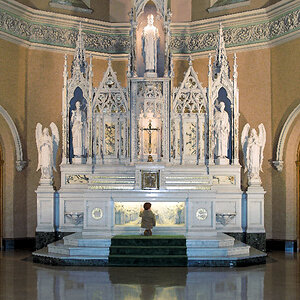
![[No title]](/data/xfmg/thumbnail/32/32805-61ca9a4fb87d37c0ef4f991ac1705e1f.jpg?1619735667)
![[No title]](/data/xfmg/thumbnail/37/37528-9e874fc2fc9aad7c13c894c1439dcc10.jpg?1619738130)